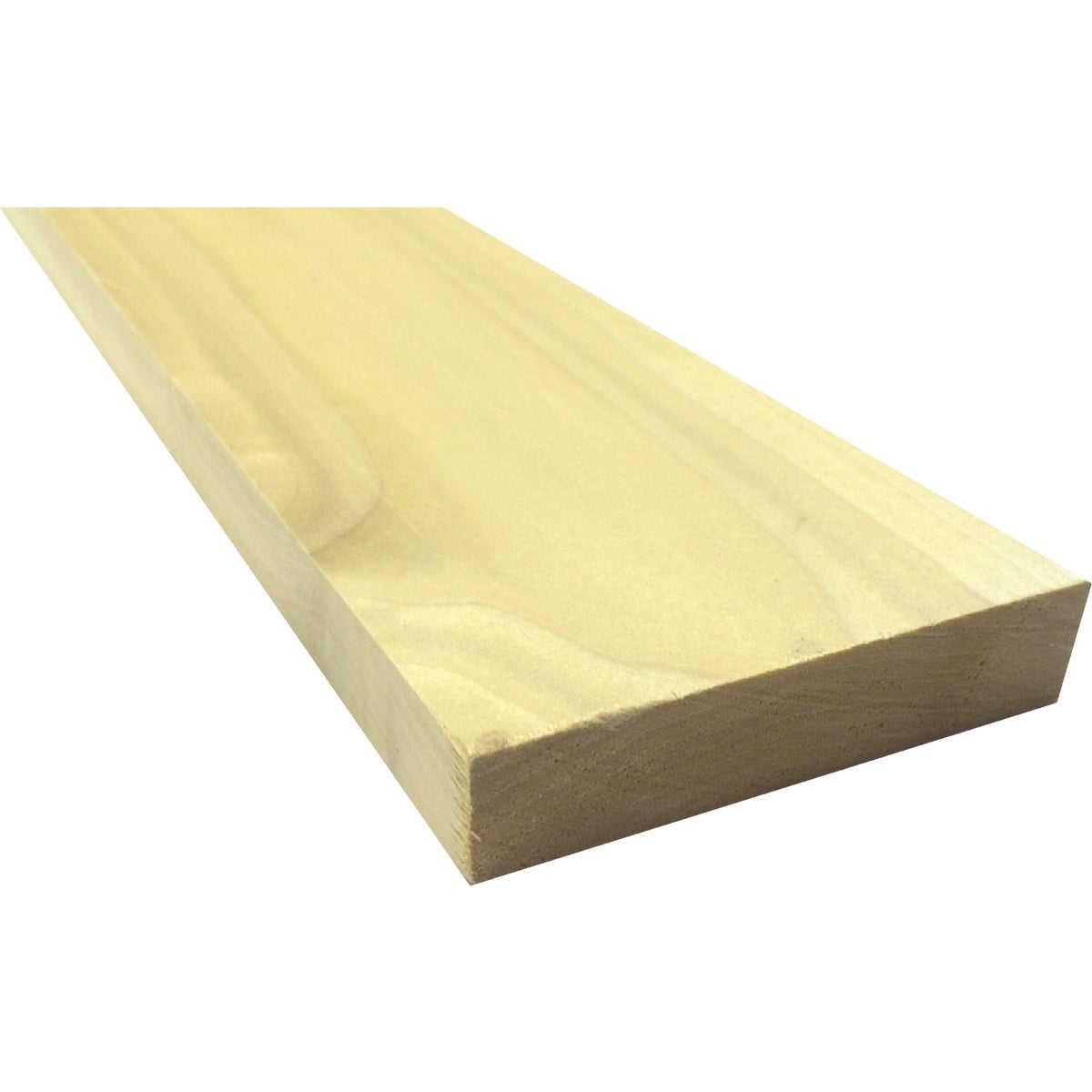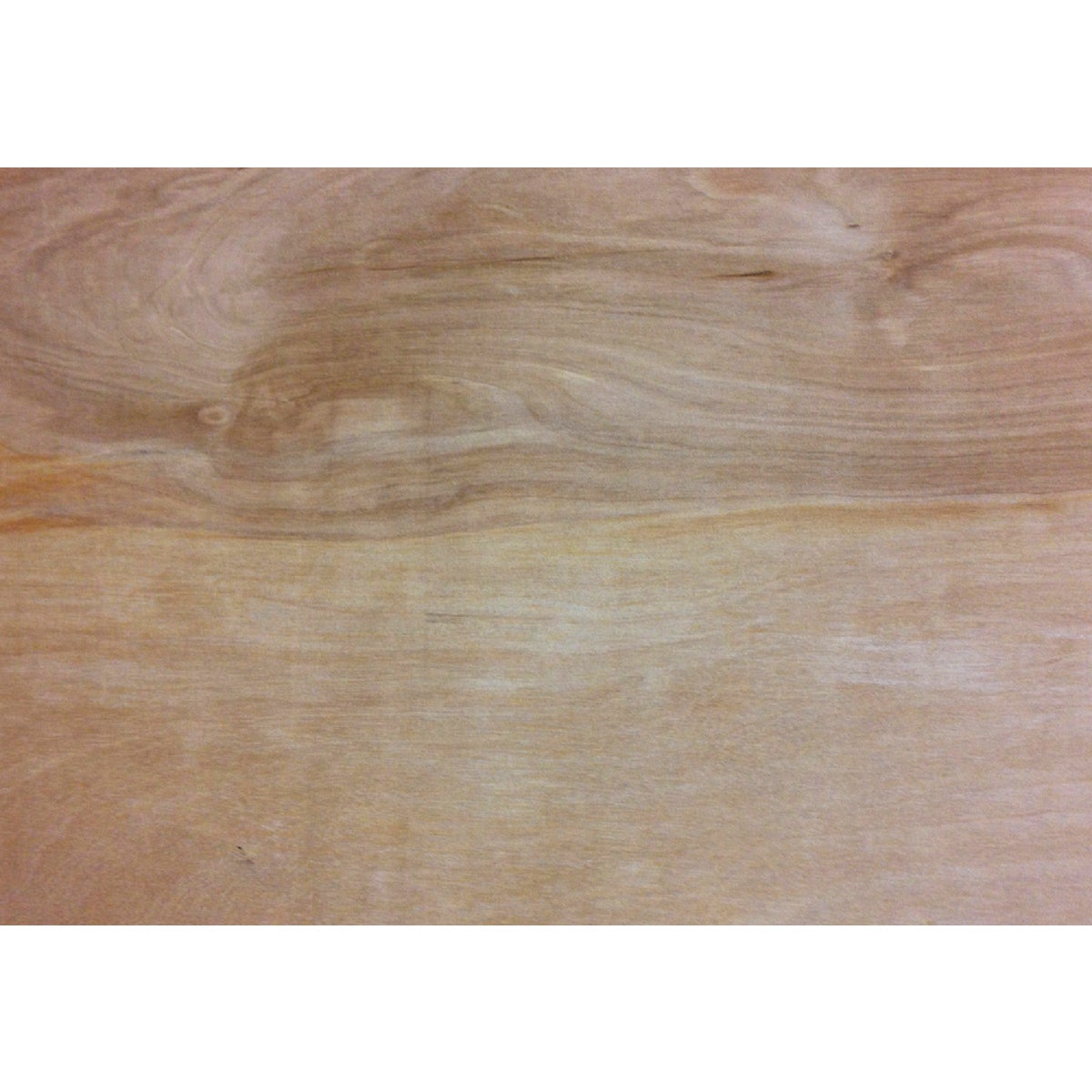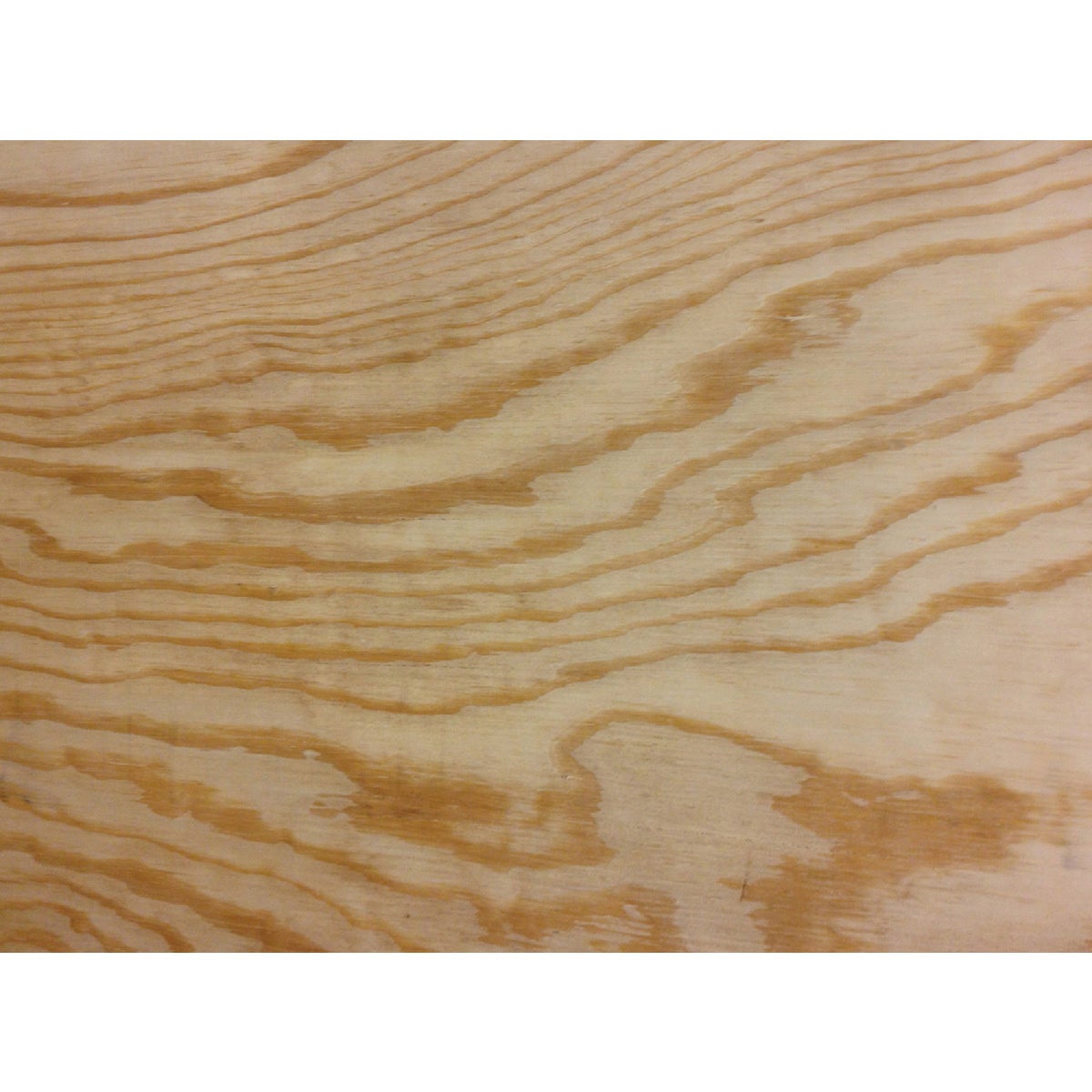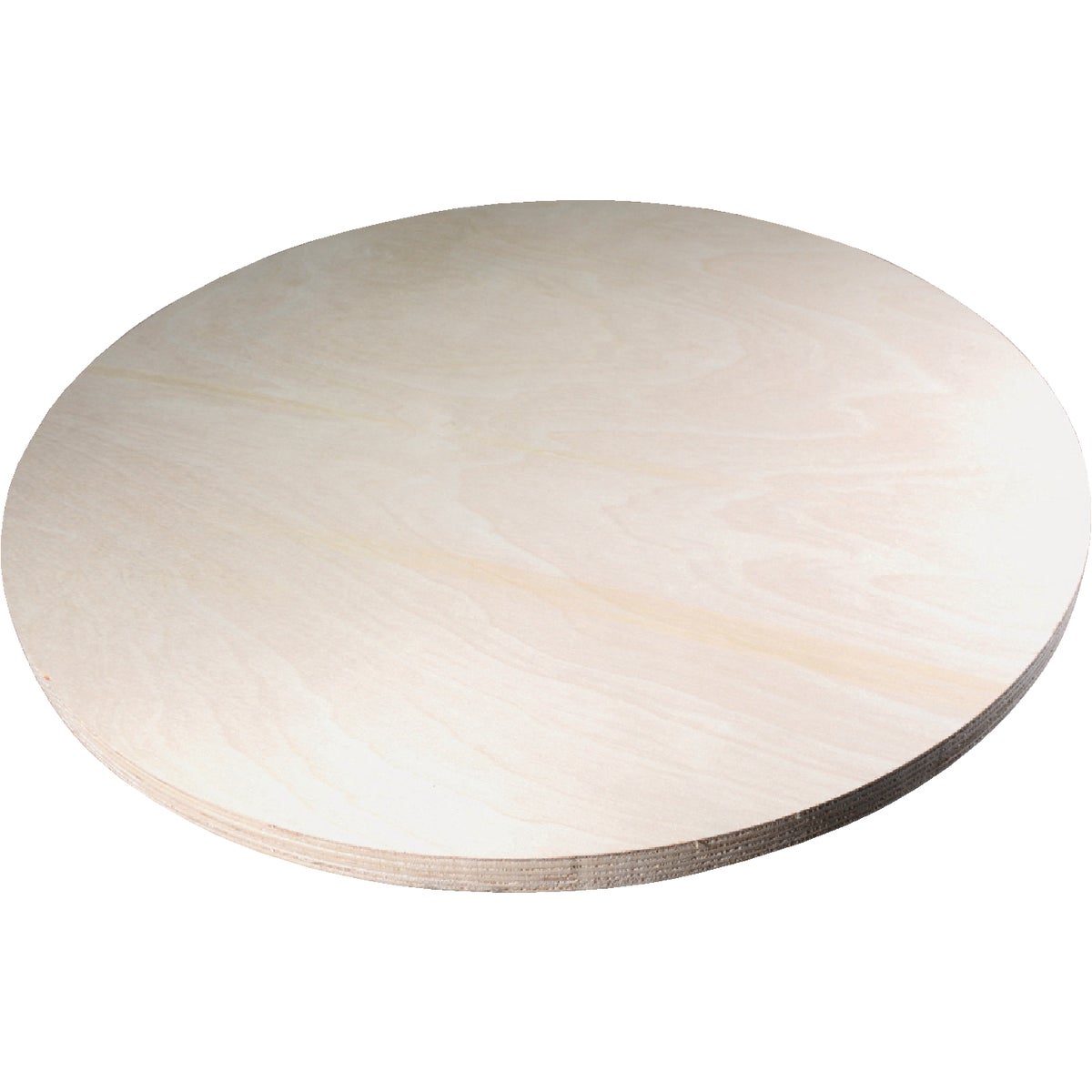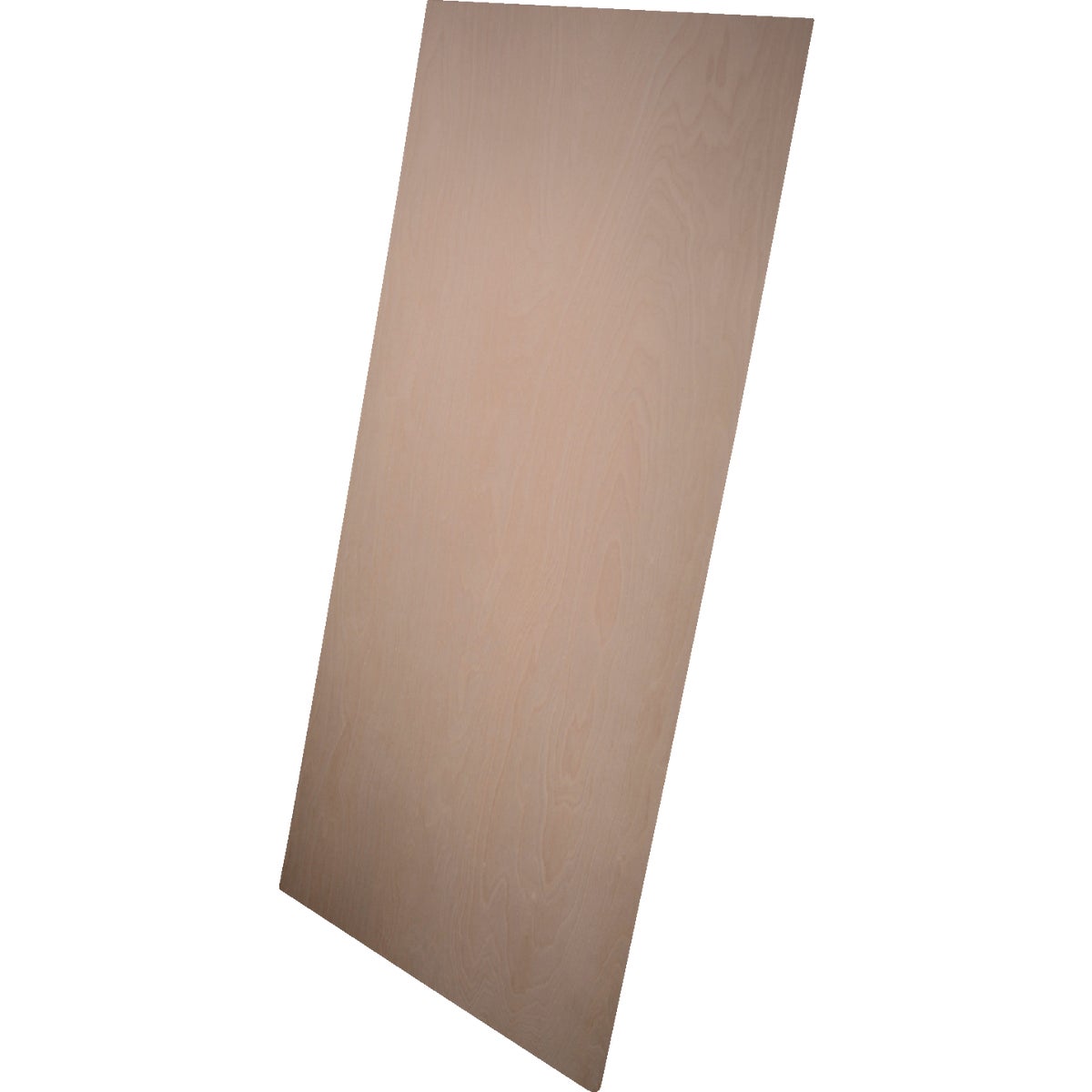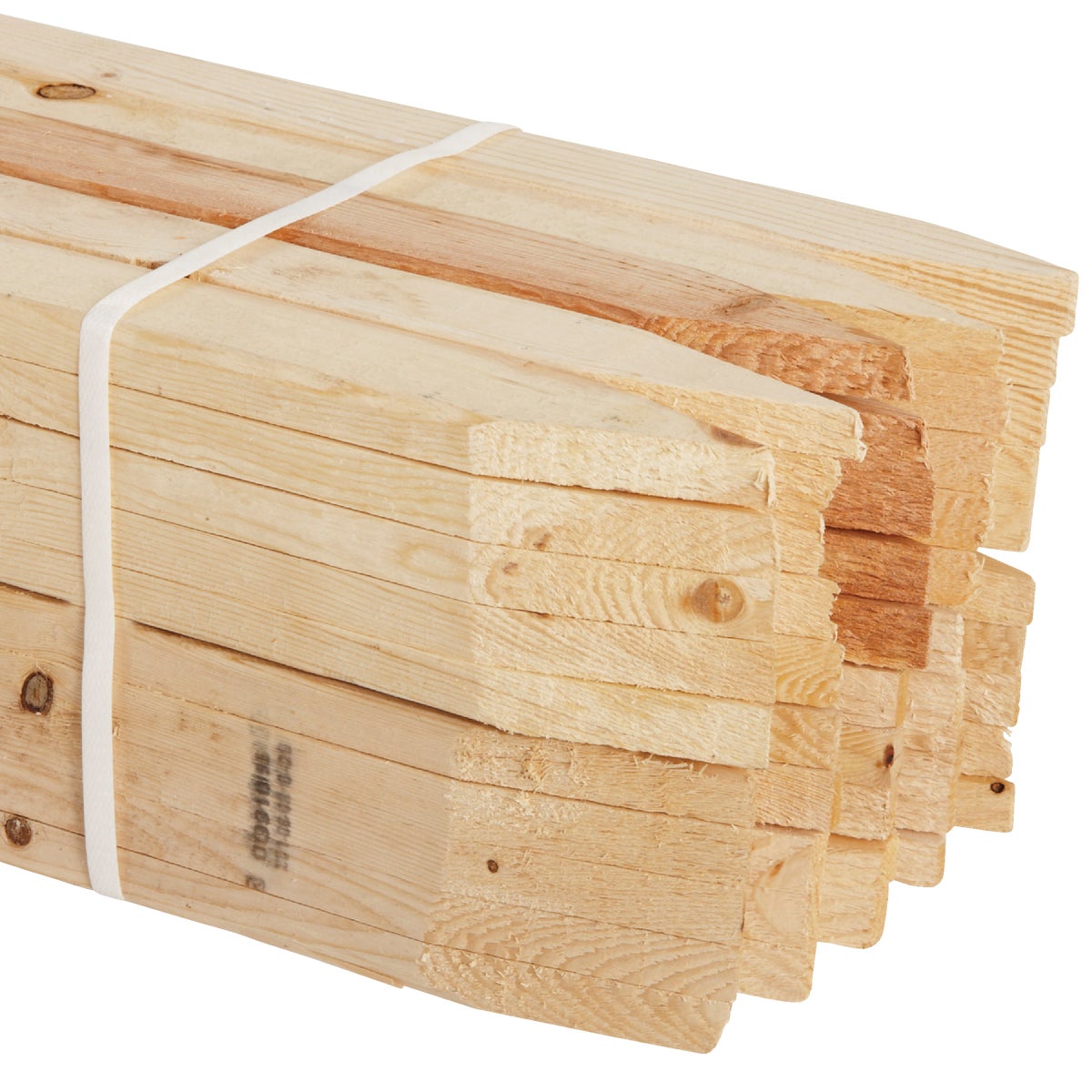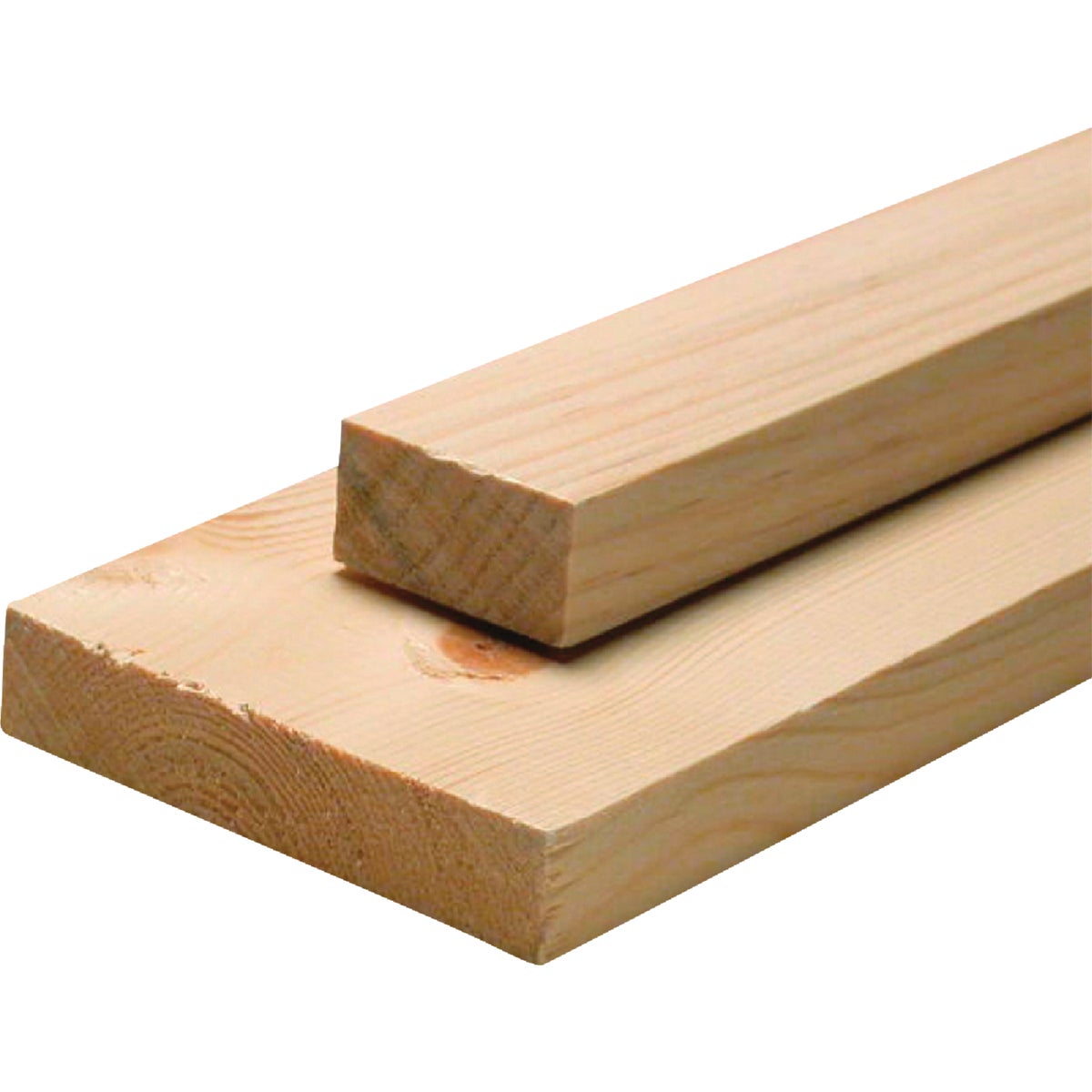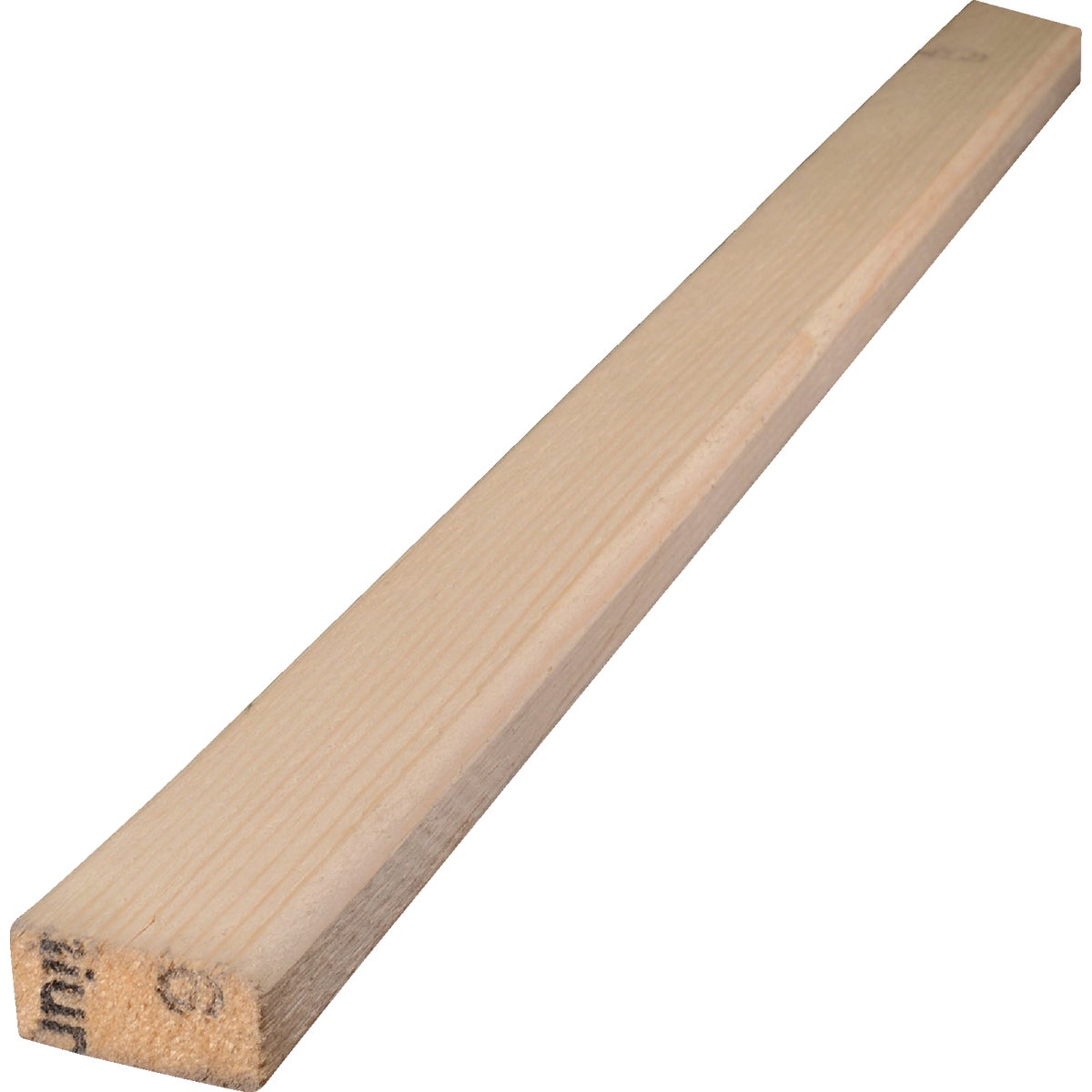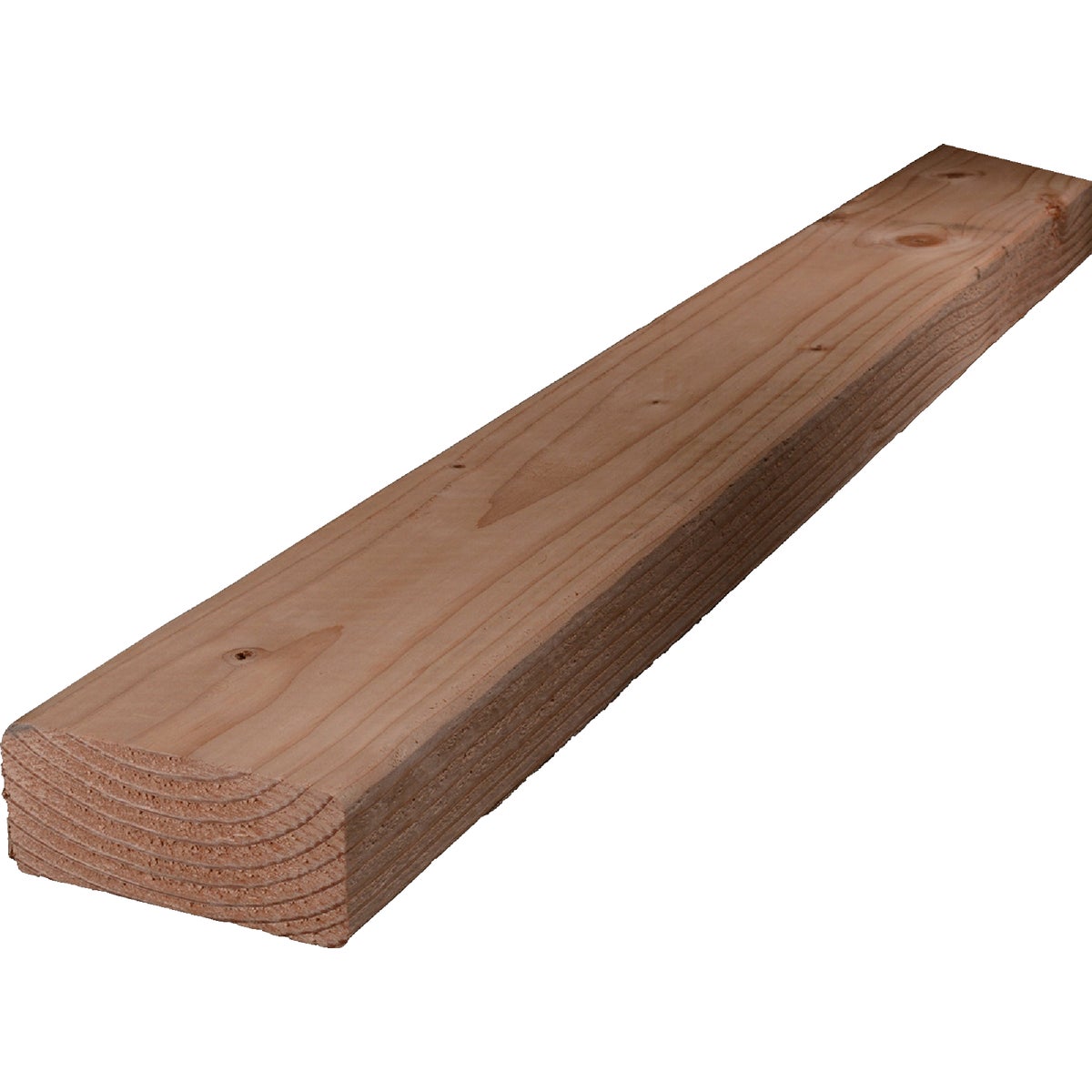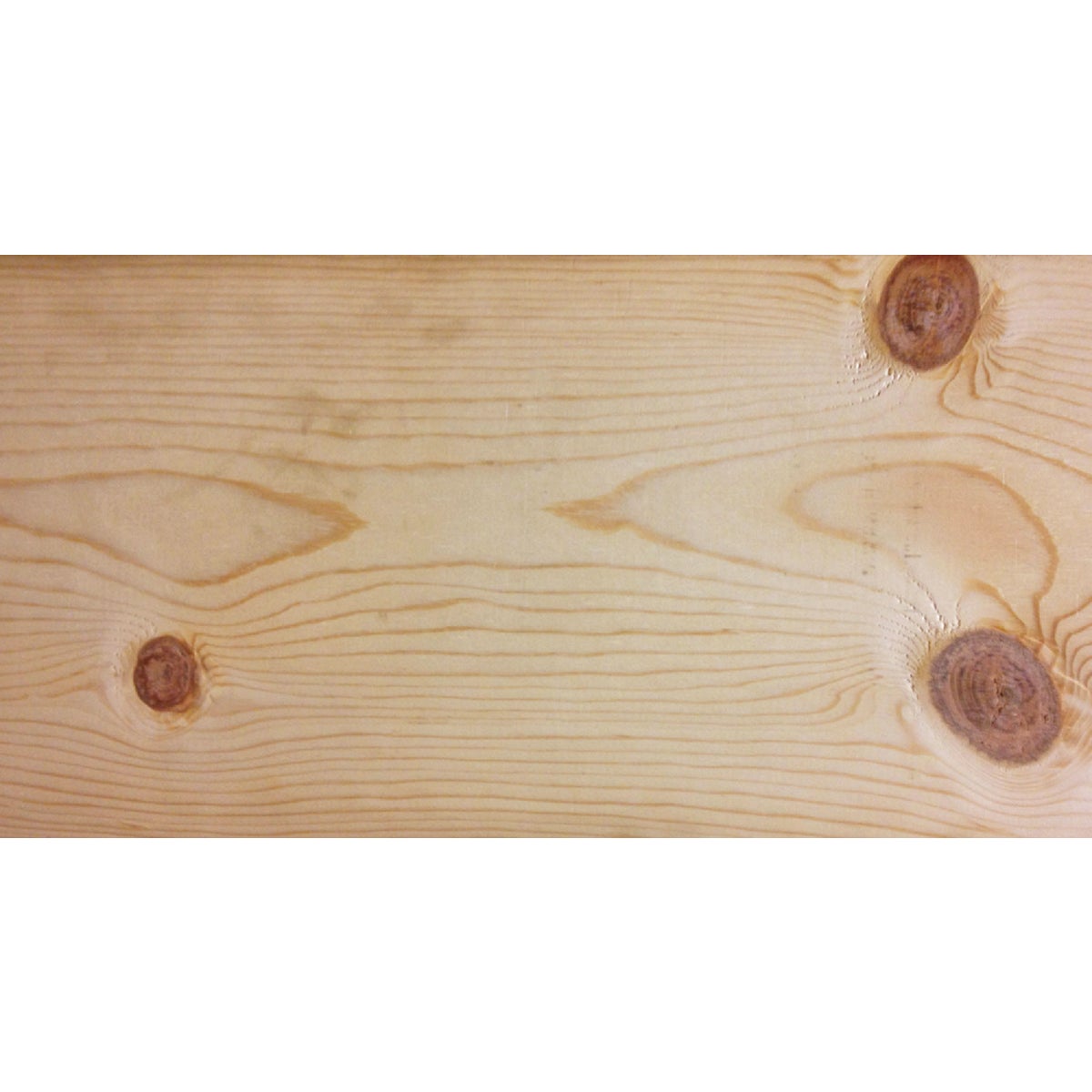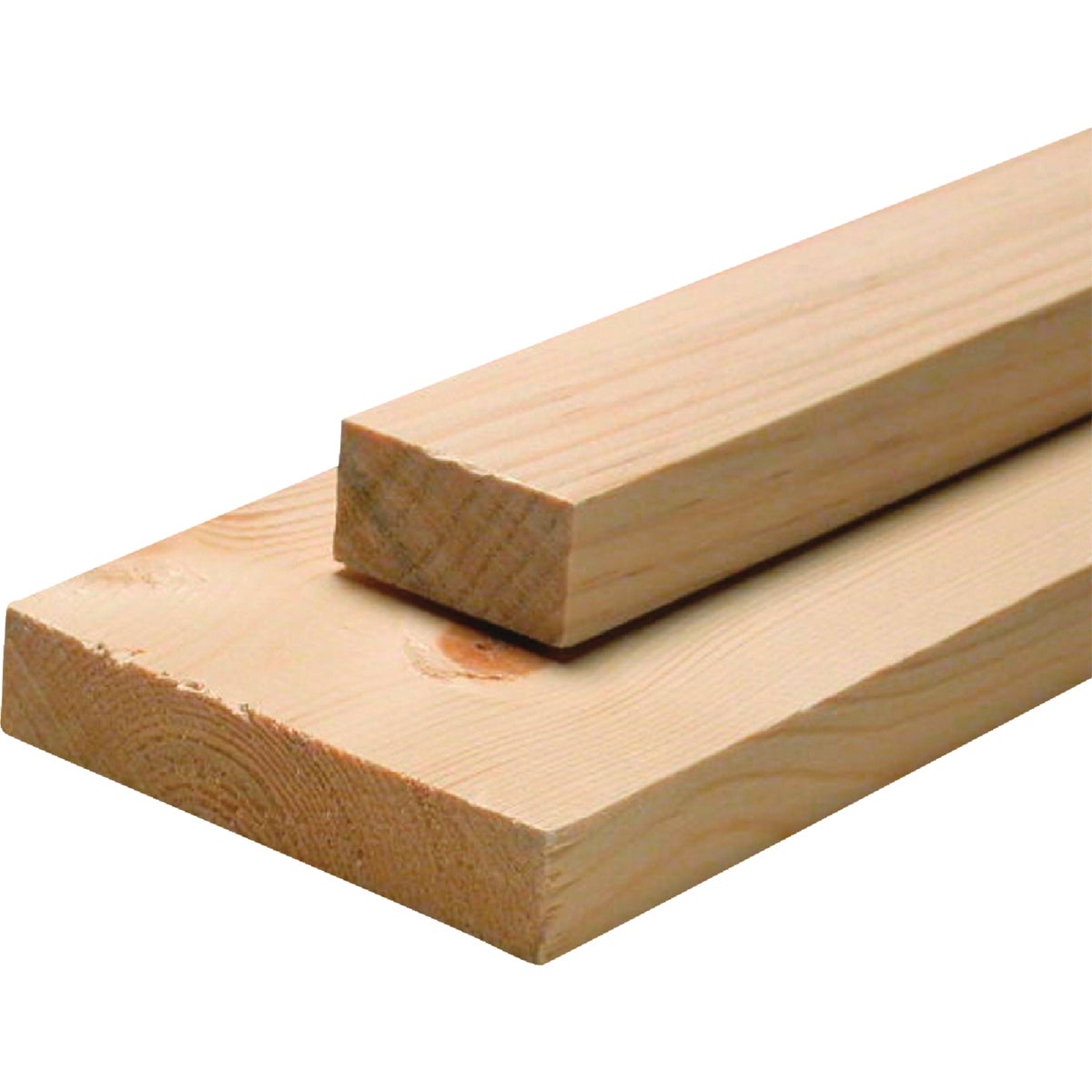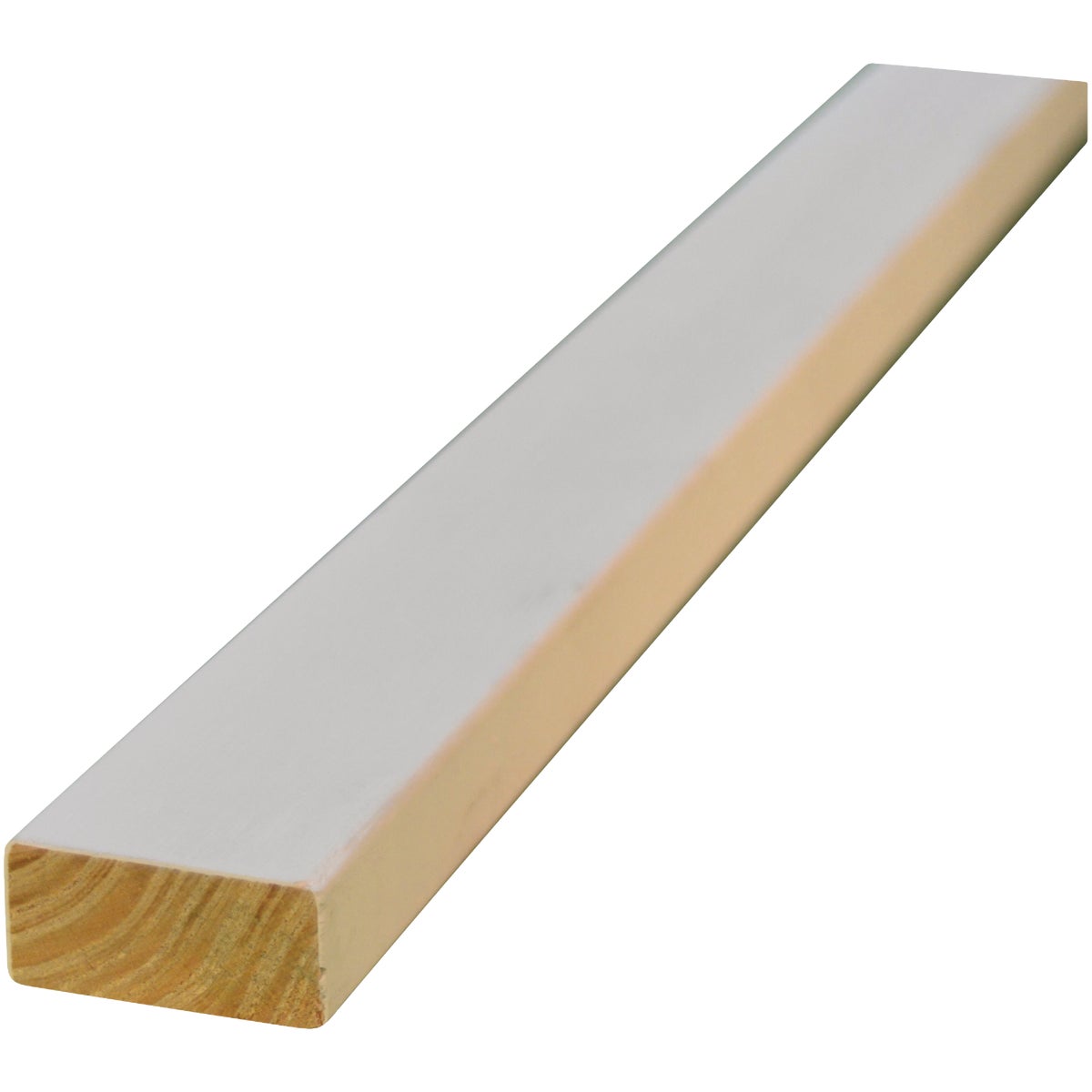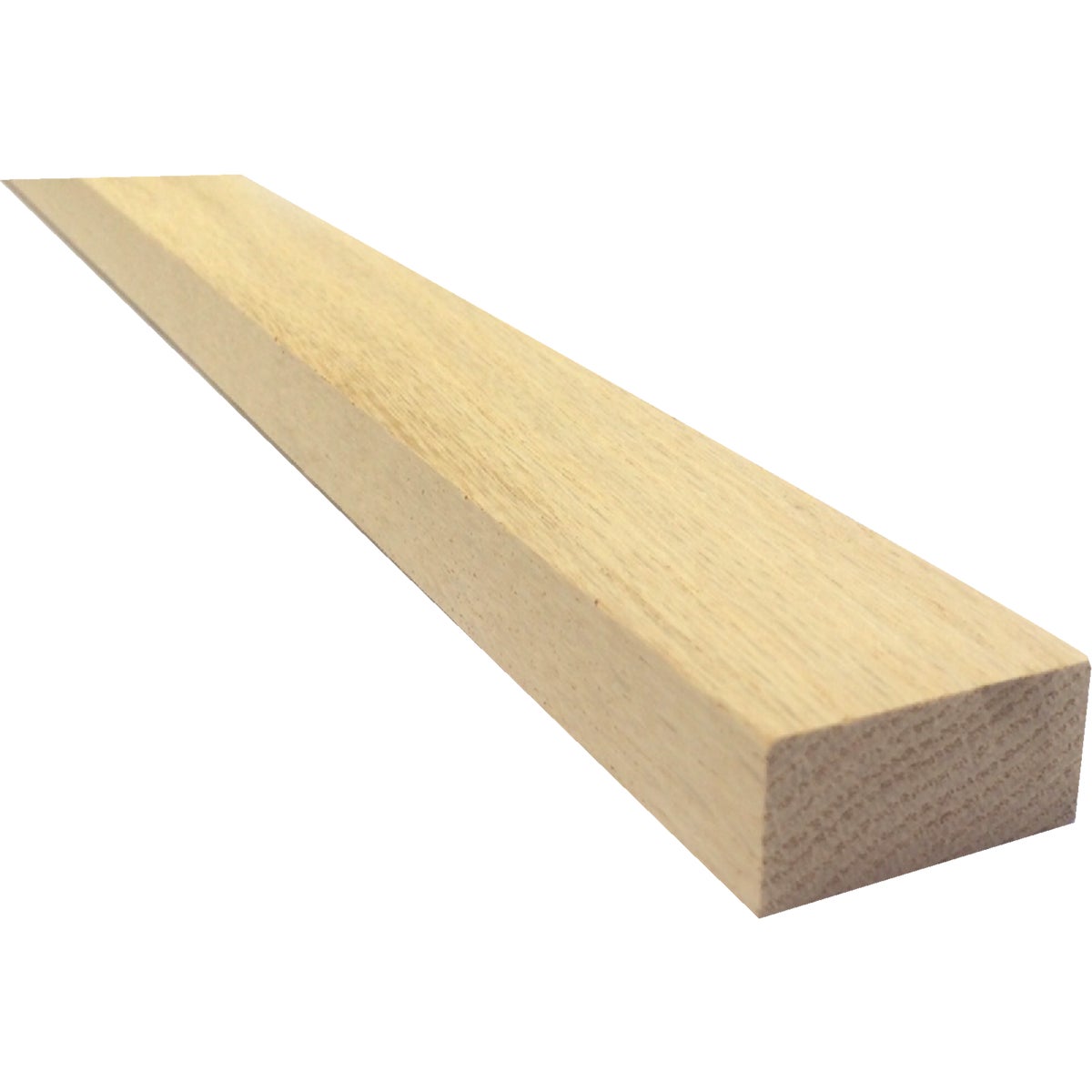.png)

The Ultimate Guide to Selecting the Right Lumber for Your Project
When it comes to construction, woodworking, or DIY home projects, selecting the right lumber is crucial. Whether you're building a deck, framing a house, or crafting custom furniture, understanding different wood types and their uses can save you time, money, and effort. At Niehaus Lumber, we carry a wide selection of high-quality lumber to ensure your project is a success. This guide will help you navigate the choices and make informed decisions.
The Importance of Choosing the Right Lumber
Selecting the right lumber affects not only the durability and strength of your project but also its aesthetics and long-term performance. The wrong choice could lead to warping, rot, or structural weakness. Factors such as wood species, moisture content, and intended use all play a role in determining the best type of lumber for your needs.
Tools and Supplies Needed for Working with Lumber
Before starting your project, ensure you have the right tools and materials:
-
Measuring Tape & Pencil – Accurate measurements prevent costly mistakes.
-
Cicular Saw or Hand Saw – Essential for cutting lumber to size.
-
Drill & Screws/Nails – For assembling your project securely (See all our hardware and fasterners).
-
Level & Square – Ensures straight cuts and proper alignment.
-
Hardwood Grill Scraper – Ideal for maintaining wood-based outdoor projects like grills and decks.
Step-by-Step Guide to Choosing the Right Lumber
Step 1: Determine Your Project Needs

- Identify if the project is for indoor or outdoor use. Outdoor projects require wood resistant to weather, while indoor projects may focus more on aesthetics.
- Consider structural integrity: Will the lumber be supporting weight or serving as a decorative element? Load-bearing projects require stronger wood types like Douglas fir or oak.
Step 2: Understand Wood Types

- Softwoods: These are generally easier to work with, making them ideal for framing, furniture, and decorative projects. Examples: pine (affordable and easy to cut), cedar (naturally rot-resistant), and fir (strong and durable), and more.
- Hardwoods: Known for their density and durability, these woods are often used for furniture, flooring, and cabinetry. Examples: oak (strong and heavy), maple (smooth and ideal for staining), and cherry (rich color and grain), and more.
Step 3: Pressure-Treated vs. Untreated Lumber

- Pressure-treated lumber: Best for outdoor projects such as decks, fences, and landscaping. It has been treated to resist moisture, insects, and decay. Always use galvanized or stainless steel fasteners with treated wood to prevent corrosion.
- Untreated lumber: Ideal for indoor projects like furniture and interior framing. It does not contain chemicals and is typically lighter in weight.
Step 4: Check for Lumber Quality

- Examine the board for warping, cupping, or bowing. A straight board is easier to work with and ensures better results.
- Look for tight, minimal knots. Some knots are fine, but excessive knots can weaken the wood.
- Feel the surface: Rough lumber may require sanding, while smooth lumber is ready for finishing.
- Check moisture levels. Lumber that is too wet will shrink as it dries, leading to cracks or gaps in your project. Use a moisture meter if necessary.
Step 5: Choose the Right Lumber Size and Grade

- Dimensional lumber: Comes in standard sizes (e.g., 2x4, 2x6) and is commonly used for framing.
- Plywood and OSB: Used for sheathing, subfloors, and other structural applications. Plywood is generally more moisture-resistant than OSB.
- Lumber grades:
- Construction Grade: Good for rough applications like framing where appearance isn’t a concern.
- Select Grade: Higher quality with fewer defects, great for visible woodworking projects.
- Finish Grade: Premium wood with the best appearance for furniture and cabinetry.
Pro Tips for Buying Lumber
- Buy Extra Material: Always purchase about 10% more than needed to account for mistakes or defects.
- Let the Wood Acclimate: If using lumber indoors, store it in your workspace for a few days to adjust to the humidity.
- Use a Moisture Meter: Prevent issues by ensuring your wood has the right moisture level before use.
- Pick the Right Wood for the Job: Hardwoods are great for furniture, while pressure-treated lumber is best for outdoor projects.
- Check for Warping and Defects: Always inspect boards for straightness and imperfections before purchasing.
Conclusion
Choosing the right lumber is a crucial step in ensuring the success of your project. By considering factors such as wood type, treatment, grade, and quality, you can make an informed decision that enhances durability and performance. At Niehaus Lumber, we provide expert advice and a wide selection of lumber and building materials to help you complete your project with confidence. Visit us today to get started on your nex build!
Select the Best Wood for Your Project!
Shop nowSearch Our Blog
.png)

The Ultimate Guide to Selecting the Right Lumber for Your Project
When it comes to construction, woodworking, or DIY home projects, selecting the right lumber is crucial. Whether you're building a deck, framing a house, or crafting custom furniture, understanding different wood types and their uses can save you time, money, and effort. At Niehaus Lumber, we carry a wide selection of high-quality lumber to ensure your project is a success. This guide will help you navigate the choices and make informed decisions.
The Importance of Choosing the Right Lumber
Selecting the right lumber affects not only the durability and strength of your project but also its aesthetics and long-term performance. The wrong choice could lead to warping, rot, or structural weakness. Factors such as wood species, moisture content, and intended use all play a role in determining the best type of lumber for your needs.
Tools and Supplies Needed for Working with Lumber
Before starting your project, ensure you have the right tools and materials:
-
Measuring Tape & Pencil – Accurate measurements prevent costly mistakes.
-
Cicular Saw or Hand Saw – Essential for cutting lumber to size.
-
Drill & Screws/Nails – For assembling your project securely (See all our hardware and fasterners).
-
Level & Square – Ensures straight cuts and proper alignment.
-
Hardwood Grill Scraper – Ideal for maintaining wood-based outdoor projects like grills and decks.
Step-by-Step Guide to Choosing the Right Lumber
Step 1: Determine Your Project Needs

- Identify if the project is for indoor or outdoor use. Outdoor projects require wood resistant to weather, while indoor projects may focus more on aesthetics.
- Consider structural integrity: Will the lumber be supporting weight or serving as a decorative element? Load-bearing projects require stronger wood types like Douglas fir or oak.
Step 2: Understand Wood Types

- Softwoods: These are generally easier to work with, making them ideal for framing, furniture, and decorative projects. Examples: pine (affordable and easy to cut), cedar (naturally rot-resistant), and fir (strong and durable), and more.
- Hardwoods: Known for their density and durability, these woods are often used for furniture, flooring, and cabinetry. Examples: oak (strong and heavy), maple (smooth and ideal for staining), and cherry (rich color and grain), and more.
Step 3: Pressure-Treated vs. Untreated Lumber

- Pressure-treated lumber: Best for outdoor projects such as decks, fences, and landscaping. It has been treated to resist moisture, insects, and decay. Always use galvanized or stainless steel fasteners with treated wood to prevent corrosion.
- Untreated lumber: Ideal for indoor projects like furniture and interior framing. It does not contain chemicals and is typically lighter in weight.
Step 4: Check for Lumber Quality

- Examine the board for warping, cupping, or bowing. A straight board is easier to work with and ensures better results.
- Look for tight, minimal knots. Some knots are fine, but excessive knots can weaken the wood.
- Feel the surface: Rough lumber may require sanding, while smooth lumber is ready for finishing.
- Check moisture levels. Lumber that is too wet will shrink as it dries, leading to cracks or gaps in your project. Use a moisture meter if necessary.
Step 5: Choose the Right Lumber Size and Grade

- Dimensional lumber: Comes in standard sizes (e.g., 2x4, 2x6) and is commonly used for framing.
- Plywood and OSB: Used for sheathing, subfloors, and other structural applications. Plywood is generally more moisture-resistant than OSB.
- Lumber grades:
- Construction Grade: Good for rough applications like framing where appearance isn’t a concern.
- Select Grade: Higher quality with fewer defects, great for visible woodworking projects.
- Finish Grade: Premium wood with the best appearance for furniture and cabinetry.
Pro Tips for Buying Lumber
- Buy Extra Material: Always purchase about 10% more than needed to account for mistakes or defects.
- Let the Wood Acclimate: If using lumber indoors, store it in your workspace for a few days to adjust to the humidity.
- Use a Moisture Meter: Prevent issues by ensuring your wood has the right moisture level before use.
- Pick the Right Wood for the Job: Hardwoods are great for furniture, while pressure-treated lumber is best for outdoor projects.
- Check for Warping and Defects: Always inspect boards for straightness and imperfections before purchasing.
Conclusion
Choosing the right lumber is a crucial step in ensuring the success of your project. By considering factors such as wood type, treatment, grade, and quality, you can make an informed decision that enhances durability and performance. At Niehaus Lumber, we provide expert advice and a wide selection of lumber and building materials to help you complete your project with confidence. Visit us today to get started on your nex build!

